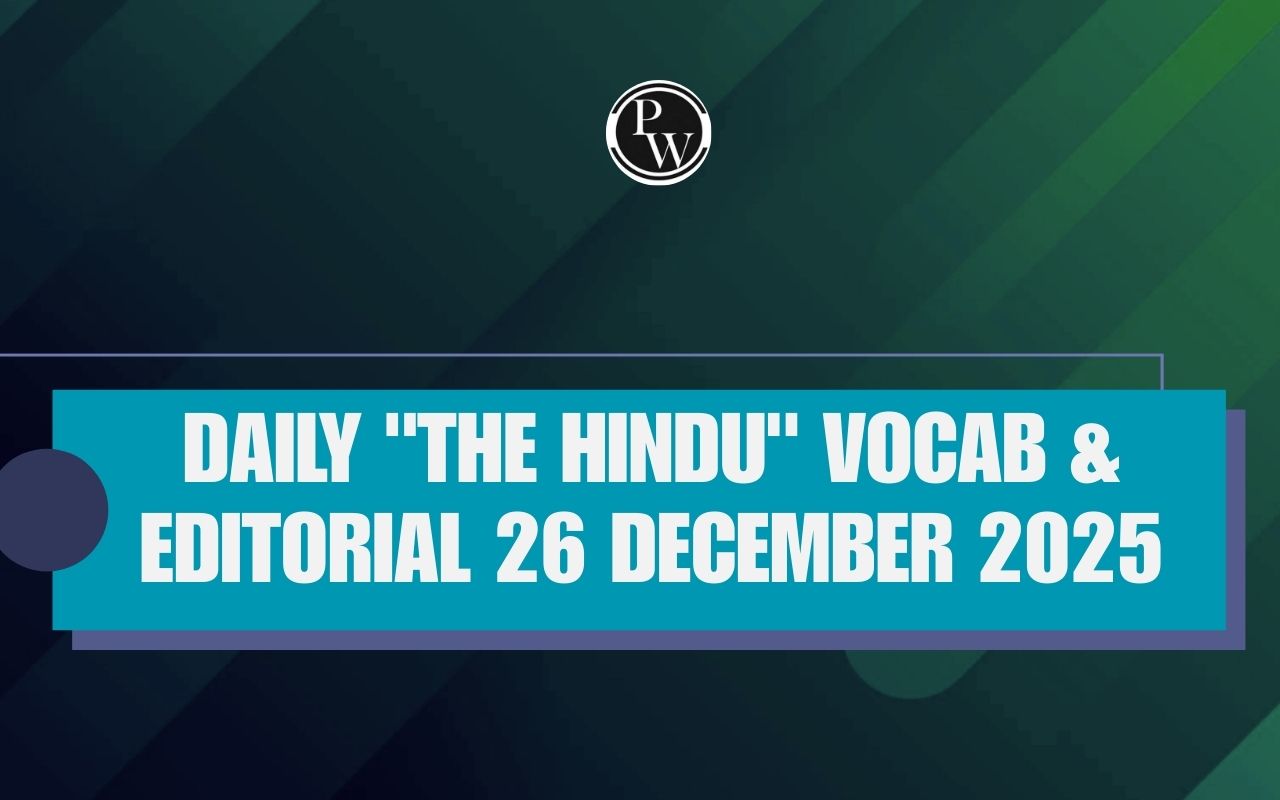
Sunga Dynasty
The Sunga Dynasty ruled parts of the Indian subcontinent from approximately 185 BCE to 73 BCE, following the fall of the Maurya Empire. The Sunga period is significant for its contributions to Indian culture, religion, and politics. This era witnessed a resurgence of Brahmanism, substantial developments in art and architecture, and political changes that shaped the future of the Indian subcontinent.Sunga Dynasty Rise
Decline of the Maurya Empire: The Maurya Empire, which had unified much of the Indian subcontinent under a single administration, began to decline after the death of Emperor Ashoka. The last Mauryan ruler, Brihadratha, was considered weak and ineffective, leading to political instability and discontent among the populace and the military.
Establishment by Pushyamitra Sunga: In 185 BCE, Pushyamitra Sunga, the commander-in-chief of the Maurya army, assassinated Brihadratha and seized the throne, marking the beginning of the Sunga Dynasty. Pushyamitra declared himself king and established his capital at Pataliputra (modern-day Patna).
Sunga Dynasty Politics and Governance
Territorial Extent: The Sunga Dynasty controlled the central and eastern parts of India, including regions of present-day Bihar, Uttar Pradesh, and parts of Madhya Pradesh. Their rule extended over important cities like Pataliputra, Ayodhya, and Vidisha.
Administration and Governance: The Sunga administration was similar to that of the Mauryas, with a centralized bureaucracy. However, it placed a stronger emphasis on the military and Brahmanical traditions. The Sungas maintained a large standing army to defend against external threats and internal rebellions.
Sunga Dynasty Cultural and Religious Contributions
Revival of Brahmanism: One of the most notable aspects of the Sunga rule was the revival and patronage of Brahmanism. Pushyamitra Sunga and his successors supported Vedic rituals and Brahmanical ceremonies, which had declined during Ashoka’s promotion of Buddhism.
Persecution of Buddhists: The Sunga rulers were also known for their opposition to Buddhism. Historical accounts, though sometimes debated, suggest that Pushyamitra may have persecuted Buddhists and destroyed some Buddhist monasteries and stupas. Despite this, Buddhism continued to flourish in many parts of India.
Sunga Dynasty Art and Architecture
Sunga Art: The Sunga period is notable for its distinct art style, characterized by intricate stone carvings and terracotta sculptures. This era saw a shift from the more Mauryan art to more elaborate and decorative styles.
Stupas and Monuments: The Sungas contributed significantly to Buddhist architecture despite their Brahmanical leanings. They expanded and embellished existing stupas, such as the Great Stupa at Sanchi. The gateways (toranas) and railings of Sanchi are adorned with detailed carvings depicting scenes from the life of Buddha and Jataka tales.
Terracotta Art: Terracotta art flourished during the Sunga period. Artisans created detailed terracotta plaques and figurines, depicting various deities, mythical creatures, and everyday life. These artifacts provide valuable insights into the cultural and religious practices of the time.
Sunga Dynasty Rulers and Events
Pushyamitra Sunga (185 BCE - 149 BCE): As the founder of the Sunga Dynasty, Pushyamitra played a crucial role in stabilizing the kingdom after the fall of the Mauryas. His reign is marked by the revival of Vedic traditions and military campaigns against the Yavanas (Indo-Greeks) and other invaders.
Agnimitra (149 BCE - 141 BCE): Pushyamitra was succeeded by his son Agnimitra, who is also the hero of the famous Sanskrit play "Malavikagnimitram" by Kalidasa. Agnimitra's reign continued the policies of his father, focusing on internal stability and cultural patronage.
Later Rulers: The later Sunga rulers included Vasujyeshtha, Bhagabhadra, and Devabhuti. The dynasty gradually weakened over time, facing internal strife and external pressures. The last Sunga ruler, Devabhuti, was overthrown by his minister Vasudeva Kanva, leading to the establishment of the Kanva Dynasty.
Sunga Dynasty Decline and Legacy
Fall of the Sunga Dynasty: The Sunga Dynasty came to an end around 73 BCE when Devabhuti was assassinated by Vasudeva Kanva. The Kanva Dynasty succeeded the Sungas and ruled for a brief period before being overthrown by the Satavahanas.
Cultural and Historical Impact: Despite its relatively short duration, the Sunga period had a lasting impact on Indian culture and religion. The revival of Brahmanism during this time laid the groundwork for the later rise of Hinduism.
The Sunga Dynasty played a important role in shaping the culture and politics of ancient India following the decline of the Maurya Empire. Their patronage of Brahmanism, contributions to art and architecture, and the political changes they initiated were significant in the historical development of the Indian subcontinent. Despite the challenges and controversies associated with their rule, the Sungas left a rich legacy that continued to influence Indian history long after their decline. To succeed in upcoming exams, candidates should consider exploring PW SSC Books We provide high-quality content at an affordable price, including sample papers, mock tests, guidance sessions, and more to ensure aspirants secure their selection. Also, enroll today on SSC Online Coaching to turn your dreams into reality.Sunga Dynasty FAQs
1. Who founded the Sunga Dynasty and when?
2. What were the main religious contributions of the Sunga Dynasty?
3. How did the Sunga Dynasty impact art and architecture?
4. What led to the decline of the Sunga Dynasty?










